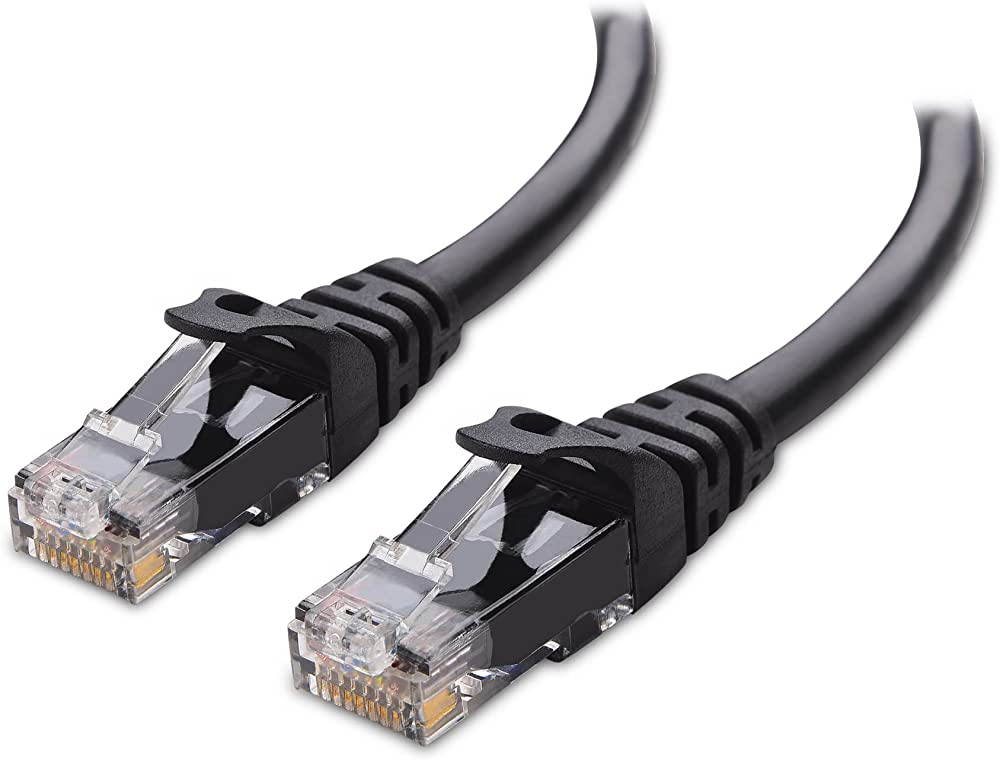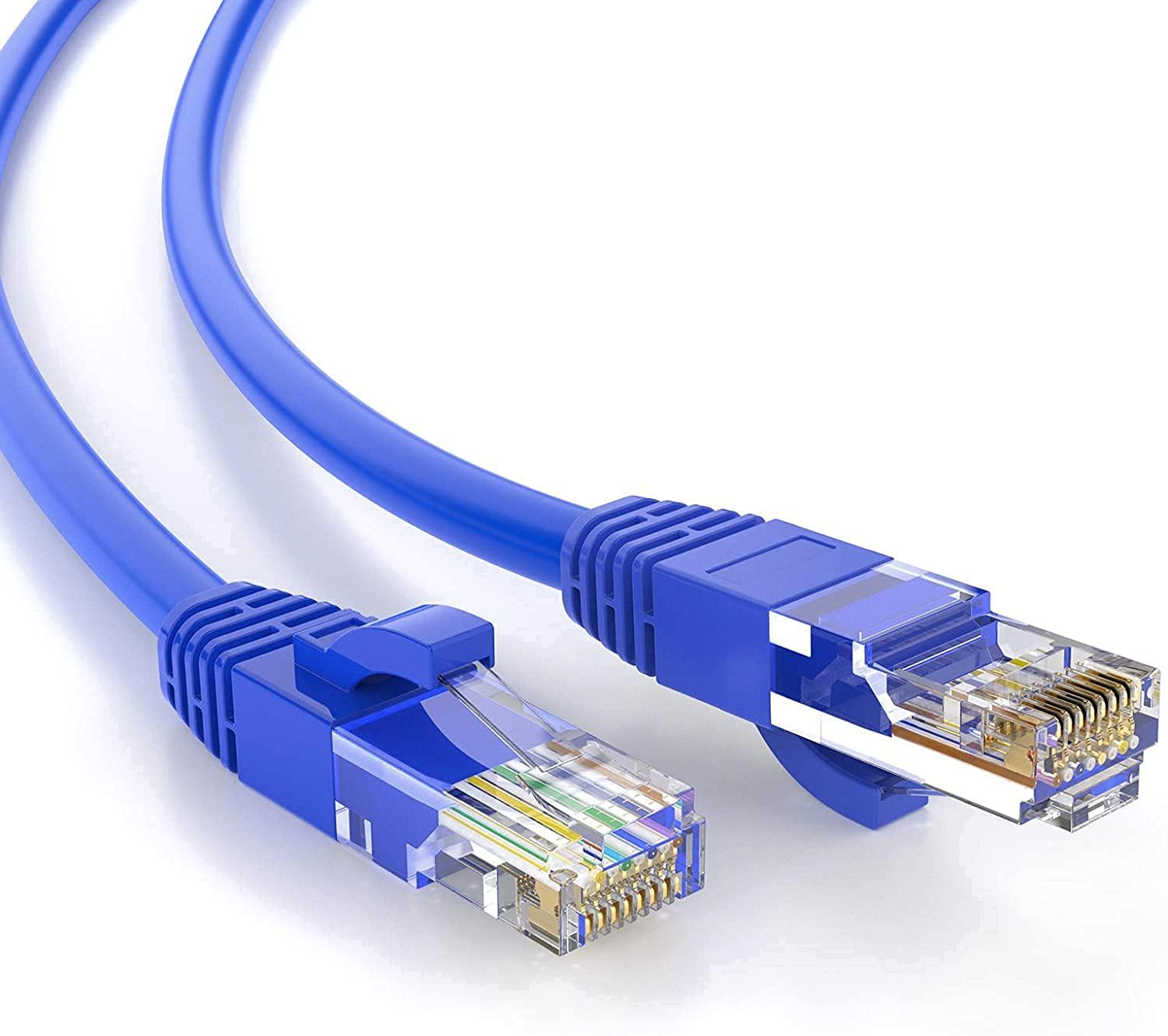When it comes to networking, LAN cables are the backbone of communication. LAN, which stands for Local Area Network, is a type of network that connects computers and other devices within a limited area such as a room, building, or campus. In order for these devices to communicate with each other, they need to be connected through a LAN cable.
LAN cables, also known as Ethernet cables, are made up of copper wiring and come in different categories, the most common of which are Cat 5e and Cat 6. These cables are used to connect different network components such as computers, switches, routers, or printers. They can also be used to connect devices to the internet.
The transmission speed of a LAN cable depends on its category. Cat 5e cables can transmit data at speeds of up to 1000 Mbps (megabits per second) while Cat 6 cables can transmit data at speeds of up to 10 Gbps (gigabits per second). It’s important to choose the right cable category for your network needs.
LAN cables come in a variety of lengths and colors, which can be useful for organizing your network setup. For example, you might use different colors to differentiate between different types of devices or different sections of your network.
It’s worth noting that LAN cables are just one type of internet cable. Other types include fiber cables, telephone wires, or coaxial cables. FS offers a wide range of internet cables, including Cat5e/Cat6/Cat7/Cat8 patch cables, and fiber patch cables, to meet different networking needs.
LAN cables play a critical role in local area networking. By connecting devices and enabling communication, LAN cables provide the foundation for efficient and effective network performance. Whether you’re setting up a small network in your home or a larger network in your office or campus, choosing the right LAN cable category and length is essential.

Uses of LAN Cable
A LAN cable, also known as an Ethernet cable, is a type of cable that is used to connect various network components. The primary purpose of a LAN cable is to establish a connection between devices in a Local Area Network (LAN). These devices can include computers, printers, switches, routers, and other networking equipment.
Ethernet cables come in various lengths, colors, and transmission speeds. The most common type of Ethernet cable is the Cat5e cable, which can provide speeds of up to 1 Gbps. Other types of Ethernet cables include Cat6 and Cat6a, which can provide faster speeds and better performance over longer distances.
LAN cables are essential for establishing a reliable and fast connection between devices on a LAN. They can be used to transfer data, share resources, and access the internet. Without LAN cables, it would be impossible to establish a LAN and connect devices within it.
The LAN cable is a crucial networking component that is used to establish a connection between devices on a LAN. It enables the transfer of data, sharing of resources, and access to the internet.

Are LAN and Ethernet Cables the Same?
LAN cable and Ethernet cable are two terms that are often used interchangeably to refer to the same thing. LAN stands for Local Area Network, which is a group of interconnected devices within a limited geographic area, such as an office building or a home. Ethernet is a communication protocol that is used to transmit data between devices within a LAN, and Ethernet cable is the physical medium through which this data is transmitted. Ethernet cables are typically made of copper wiring and come in several different categories, such as Cat 5e and Cat 6, which have different specifications and capabilities. LAN cable and Ethernet cable refer to the same thing, which is the physical cable used to transmit data between devices within a local area network.
The Use of LAN Cable for Internet Access
LAN cable is a type of cable that is commonly used for connecting devices to the internet. LAN stands for Local Area Network, which refers to a network of devices that are located in a relatively small area, such as a home or office.
LAN cables, also known as Ethernet cables, are used to connect devices such as computers, routers, switches, and other network equipment to each other and to the Internet. These cables are designed to transmit data at high speeds and with low latency, which is important for applications such as online gaming, video streaming, and large file transfers.
It is important to note that while LAN cables are commonly used for internet connectivity, there are other types of cables that can be used as well, such as fiber optic cables, coaxial cables, and telephone wires. The type of cable that is used will depend on the specific requirements of the network, such as the distance between devices, the amount of data that needs to be transmitted, and the level of security that is needed.
LAN cables are commonly used for internet connectivity, but there are other types of cables that can be used depending on the specific needs of the network.
Conclusion
LAN cables, also known as Ethernet cables, are an essential component in connecting different network devices within a Local Area Network. These cables are made up of copper wiring and come in various categories, with Cat 5e and Cat 6 being the most common. With different lengths, colors, and transmission speeds, LAN cables can be tailored to meet specific network needs. Furthermore, Internet cables like fiber cables, telephone wires, and coaxial cables are also available to suit various connection requirements. FS offers a wide range of Internet cables, including Cat5e/Cat6/Cat7/Cat8 patch cables and fiber patch cables, to ensure seamless and reliable connectivity. Whether for personal or professional use, choosing the right LAN cable is crucial in achieving optimal network performance.








